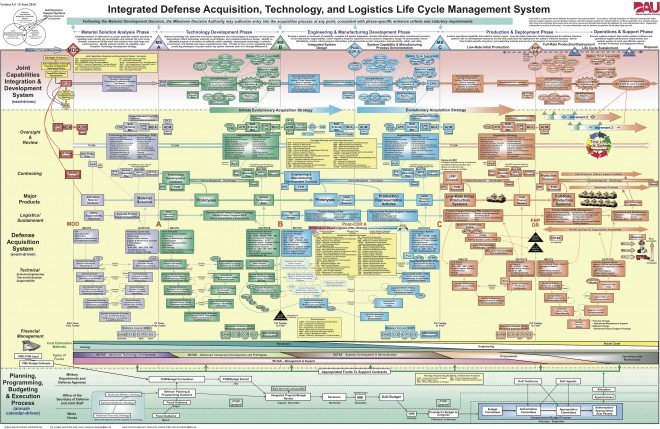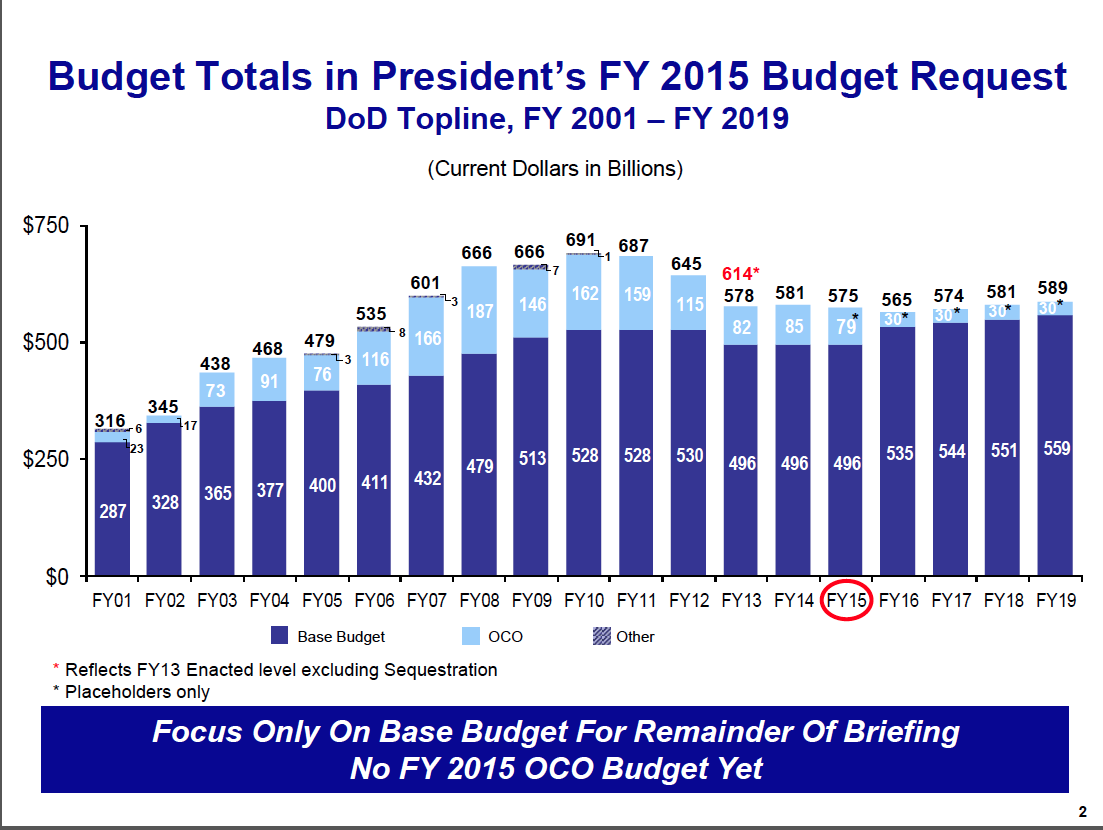Only in the DoD acquisition world would this sound like a good deal! But before we cast too many arrows at the acquisition community, I must admit the idea is mine. I developed this idea over the course of years of working in the Bizarro World of DoD ship financing. You remember Bizarro?  It’s the world where everything is backwards….the name of the bizarro world planet is Htrae (so clever!) and the world is square. As I recall, it was featured occasionally in Superman comics in the 1960’s. One of the mottos in Bizarro World was ” Us do opposite of all earthly things.” Bizarro bonds were a hot item on Htrae because they were “guaranteed to lose money.” So I don’t think it’s a huge stretch to make the analogy here.
It’s the world where everything is backwards….the name of the bizarro world planet is Htrae (so clever!) and the world is square. As I recall, it was featured occasionally in Superman comics in the 1960’s. One of the mottos in Bizarro World was ” Us do opposite of all earthly things.” Bizarro bonds were a hot item on Htrae because they were “guaranteed to lose money.” So I don’t think it’s a huge stretch to make the analogy here.
As I learned during my time as Chief Resources and Requirements Officer for the Navy, the normal things you learned about economics don’t necessarily hold true when it comes to buying ships. My initial experience was during my first year on the job. We were working on balancing the budget and were about $400 Million off. The staff proposed that we slide the purchase of a ship we were buying for the Army called the LMSR (contrary to popular belief, the Army moves primarily by sea, not air). The price tag was about $400 Million and the staff had determined that we could stand to slide it a year. “Sounds good to me!” I answered, happy at the prospect of putting a bow on the $130 Billion Navy budget and delivering it to OSD just in time for Thanksgiving. By the way, that’s how you make sure that you don’t get rejected right away…..Submit something just prior to a big holiday so no one is around to grade your work. This rule works in a variety of scenarios:
- DoD generally drops significant RFPs just before holidays to force contractors to work feverishly at the expense of their families to get the proposal complete by some arbitrary deadline (which generally gets extended anyway).
- The Congress always passes bills at the eleventh hour before big holidays, in hopes that the particulars will escape the media. What’s more interesting? The details of the CR passed the day before Thanksgiving or the press conference where the President pardons the turkey? Or maybe the 3 minute spot on the evening news which shows the neighbor’s Christmas lights display of 100,000 watts, synchronized to “All About That Bass.” I vote for the turkey pardon and the light show!!!!!(and sadly, so do most)
- Controversial changes to Federal Register seem to always drop the day before a holiday in hopes that no one will notice.
- My favorite, RFP’s released with 5 days to respond…(a favorite way to make sure the desired contractor wins)
Anyway, I’m sure you have your own sea story that would make mine look minor. But back to the LMSR caper……
 A few days after the decision was made, the staff came back and noted that since we slid the ship a year, it’s going to cost more…..I don’t remember how much, but it was around $100 Million or so. “Really?” I commented. ‘Oh, yes,” came the reply, ” money will cost more the next year, we have shipyard loading issues that we will have to pay for, the cost of steel is going up, blah, blah blah.” So I began to understand that the economics of shipbuilding were different. I formulated The Shipbuilding Entropy Rule: “Nothing ever costs less. NO matter what you do, it will always cost more.” You buy less, they cost more. You cancel the buy, you still have to pay the overhead. You remove capability, it costs more to redo drawings. Its all very counter-intuitive. This became very clear to me during the following year’s budget build when the staff came back and said “We made a mistake. We have to move the LMSR back to the original purchase year.” “Fine,” I replied, “No harm, no foul.” Sensing it wasn’t “Fine“, based on the furtive glances between the staffers (an admiral sees a lot of those looks in the Pentagon) I asked “What’s wrong?” Turns out, if we moved the ship back into the original purchase year, it added another $100 Million to the cost! Whadakknow? We essentially did nothing and paid $200 Million not to do it! That, my friends, is Bizarro accounting!
A few days after the decision was made, the staff came back and noted that since we slid the ship a year, it’s going to cost more…..I don’t remember how much, but it was around $100 Million or so. “Really?” I commented. ‘Oh, yes,” came the reply, ” money will cost more the next year, we have shipyard loading issues that we will have to pay for, the cost of steel is going up, blah, blah blah.” So I began to understand that the economics of shipbuilding were different. I formulated The Shipbuilding Entropy Rule: “Nothing ever costs less. NO matter what you do, it will always cost more.” You buy less, they cost more. You cancel the buy, you still have to pay the overhead. You remove capability, it costs more to redo drawings. Its all very counter-intuitive. This became very clear to me during the following year’s budget build when the staff came back and said “We made a mistake. We have to move the LMSR back to the original purchase year.” “Fine,” I replied, “No harm, no foul.” Sensing it wasn’t “Fine“, based on the furtive glances between the staffers (an admiral sees a lot of those looks in the Pentagon) I asked “What’s wrong?” Turns out, if we moved the ship back into the original purchase year, it added another $100 Million to the cost! Whadakknow? We essentially did nothing and paid $200 Million not to do it! That, my friends, is Bizarro accounting!
Anyway I could go on and on about this, but I want to get to the reason I chose the title of this article, One for the Price of Three.
The DDG-1000 (AKA CG(X), Arsenal Ship, Zumwalt Destroyer, DD21, DD(X), etc) was originally intended to have a buy of around 32 ships or so.  They became so expensive and the requirements bounced around so much, we began advertising it as a fire support ship vital to the survival of the Marines during amphibious assaults. As such, we only needed about 10-12, just enough to support the number of amphibious ready groups (ARGS) we had at the time. The Marines were happy about that, even though they preferred to have 2 per ARG. I even went over to the Hill with my Marine counterpart extolling the virtues of the DDG-21 as the perfect fire support ship for the Marines. But once the Marines realized that the cost of the ship was so high that it would probably limit the amount of other stuff they could buy, they dropped it like a hot potato…..they would much rather have the 360 V-22’s than 24 DD(X)’s. So in the space of about a month we changed our tune from”vital” to “not so vital.” Now that they are $3 Billion a copy, we are only building 3 of them and I’m not sure there’s a real requirement out there. As my Grandmother said when she got her first taste of champagne in one of those dinky champagne flutes at my son’s baptism, “That’s not enough to wet my whistle.” So it is with DDG-1000 IMHO. The real requirement as far as I can tell is to have something for Bath Iron Works to build ( they will build all three) so they can stay in business in order to address industrial base concerns. Hence the title of the article.
They became so expensive and the requirements bounced around so much, we began advertising it as a fire support ship vital to the survival of the Marines during amphibious assaults. As such, we only needed about 10-12, just enough to support the number of amphibious ready groups (ARGS) we had at the time. The Marines were happy about that, even though they preferred to have 2 per ARG. I even went over to the Hill with my Marine counterpart extolling the virtues of the DDG-21 as the perfect fire support ship for the Marines. But once the Marines realized that the cost of the ship was so high that it would probably limit the amount of other stuff they could buy, they dropped it like a hot potato…..they would much rather have the 360 V-22’s than 24 DD(X)’s. So in the space of about a month we changed our tune from”vital” to “not so vital.” Now that they are $3 Billion a copy, we are only building 3 of them and I’m not sure there’s a real requirement out there. As my Grandmother said when she got her first taste of champagne in one of those dinky champagne flutes at my son’s baptism, “That’s not enough to wet my whistle.” So it is with DDG-1000 IMHO. The real requirement as far as I can tell is to have something for Bath Iron Works to build ( they will build all three) so they can stay in business in order to address industrial base concerns. Hence the title of the article.
I propose instead of spending $9 Billion for 3 ships we don’t need, why not pay the shipyard to build it, take it apart and then build it again? It keeps them busy. The Navy doesn’t have to shoulder the Operations and Maintenance costs necessary to support a ship class of 3 ships, and we don’t have rustle up the personnel and training facilities which must be specially developed on this one-of-a-kind weapons systems. Heck, we will save money by doing that! Of course, this idea only works on Bizarro World.
That, by the way, is how Bizarro JosBanks works too. You pick out one suit and pay for three!
What a world, what a world!


 regarding the relief of 16 Air Force officers
regarding the relief of 16 Air Force officers Back to the nuke thing. One thing I knew as an Attack Squadron Commanding Officer: The quickest way to be relieved without question was to score anything other than an outstanding on nuke inspections. Consequently, I put my absolute best officers and enlisted personnel in those positions. I assume the same is true in the Air Force, so that the absolute best must be assigned nuclear positions. In that business, there is no room for error. Obviously some house cleaning was needed and the Air Force leadership did what they had to do.
Back to the nuke thing. One thing I knew as an Attack Squadron Commanding Officer: The quickest way to be relieved without question was to score anything other than an outstanding on nuke inspections. Consequently, I put my absolute best officers and enlisted personnel in those positions. I assume the same is true in the Air Force, so that the absolute best must be assigned nuclear positions. In that business, there is no room for error. Obviously some house cleaning was needed and the Air Force leadership did what they had to do. Second was the publishing of a report by the Senate Permanent Subcommittee on Investigations, Chaired by Senator Levin, with Senator McCain as the Ranking Member. The report, entitled “
Second was the publishing of a report by the Senate Permanent Subcommittee on Investigations, Chaired by Senator Levin, with Senator McCain as the Ranking Member. The report, entitled “

 In just a few days, all the big accounting firms that do business with DoD will be submitting proposals to conduct audits of the the Army, Navy and Air Force Statements of Budgetary Activity (SBA)……that’s a high level balance sheet that has little applicability to the actual management of anything. Experience in auditing the Marine Corps proved that trying to do anything else was futile. One just has to read the Reuters article on “Plugs” to see just how daunting a task auditing any of the services really is. Inventing phantom ledger entries or “plugs” to explain away imbalances in the “goes-intas” and the “goes-outtas” is apparently the norm at the Defense Finance and Accounting Service. What’s a little disturbing about this whole audit thing, is that many of these sins will go unexamined because they do not necessarily impact the SBA. See my article “
In just a few days, all the big accounting firms that do business with DoD will be submitting proposals to conduct audits of the the Army, Navy and Air Force Statements of Budgetary Activity (SBA)……that’s a high level balance sheet that has little applicability to the actual management of anything. Experience in auditing the Marine Corps proved that trying to do anything else was futile. One just has to read the Reuters article on “Plugs” to see just how daunting a task auditing any of the services really is. Inventing phantom ledger entries or “plugs” to explain away imbalances in the “goes-intas” and the “goes-outtas” is apparently the norm at the Defense Finance and Accounting Service. What’s a little disturbing about this whole audit thing, is that many of these sins will go unexamined because they do not necessarily impact the SBA. See my article “ Stay tuned, but I think with sequestration about to raise its head once again, the President under pressure to mount military responses to multiple spots around the globe, and political stalemate in the Congress, betting on continued funding for DoD audits is at best like wagering on red or black at the roulette wheel at Trump Towers in Atlantic City (ooppppsss, it’s out of business, so how about The Nugget in Las Vegas?).
Stay tuned, but I think with sequestration about to raise its head once again, the President under pressure to mount military responses to multiple spots around the globe, and political stalemate in the Congress, betting on continued funding for DoD audits is at best like wagering on red or black at the roulette wheel at Trump Towers in Atlantic City (ooppppsss, it’s out of business, so how about The Nugget in Las Vegas?). I’m not surprised at that because given the irrational focus of DoD on vendor profits, they have managed to make bidding on defense contracts so unattractive that fewer and fewer companies are making the effort to bid. In my view, it’s not just one reason:
I’m not surprised at that because given the irrational focus of DoD on vendor profits, they have managed to make bidding on defense contracts so unattractive that fewer and fewer companies are making the effort to bid. In my view, it’s not just one reason:

 Now here’s a rough chart (I’m sure the numbers are off slightly) of what sequestration funding levels are relative to the DoD budget. Notice it’s $115 Billion out of round through 2019. That’s how much money the Pentagon is stuffing into the budget over sequestration spending levels.
Now here’s a rough chart (I’m sure the numbers are off slightly) of what sequestration funding levels are relative to the DoD budget. Notice it’s $115 Billion out of round through 2019. That’s how much money the Pentagon is stuffing into the budget over sequestration spending levels.  The only point of this little tale is to impress upon you how important it is that we get this fixed. We can’t keep grinding our people into the dirt with endless budget drills which make no sense. There are three possible strategies to deal with the situation IMHO:
The only point of this little tale is to impress upon you how important it is that we get this fixed. We can’t keep grinding our people into the dirt with endless budget drills which make no sense. There are three possible strategies to deal with the situation IMHO:
